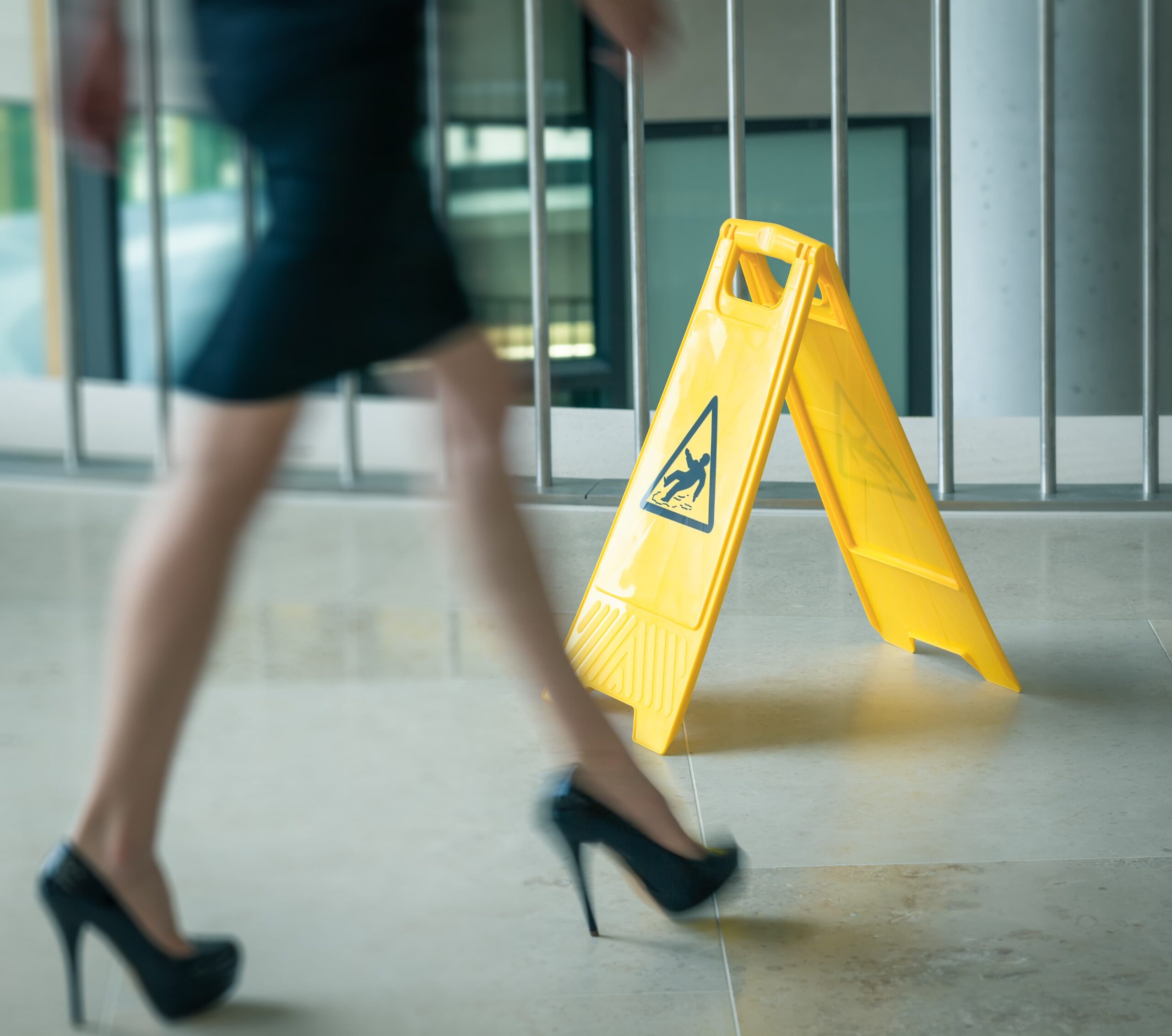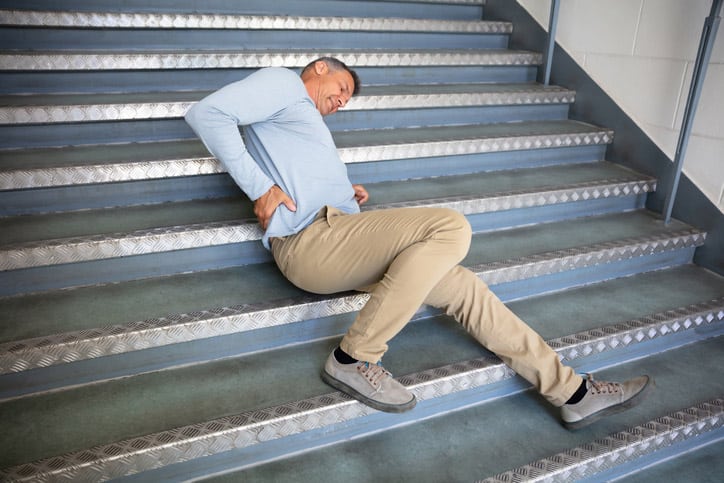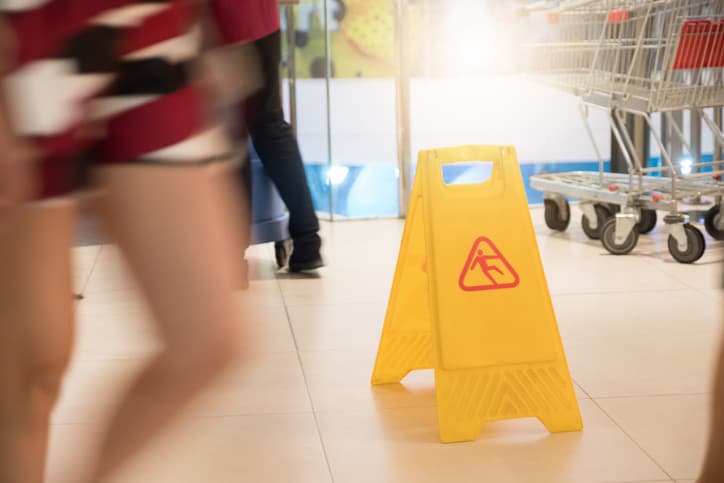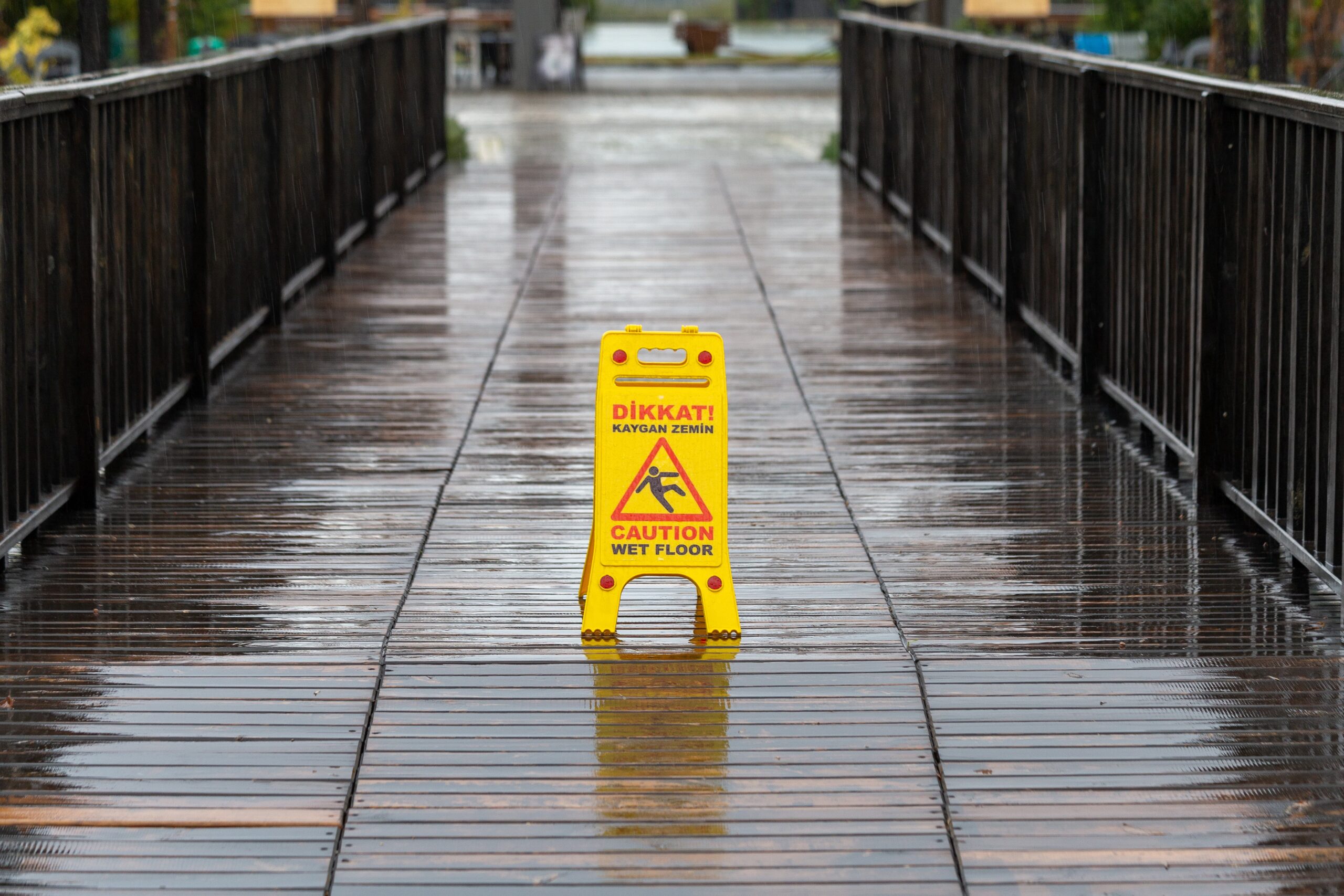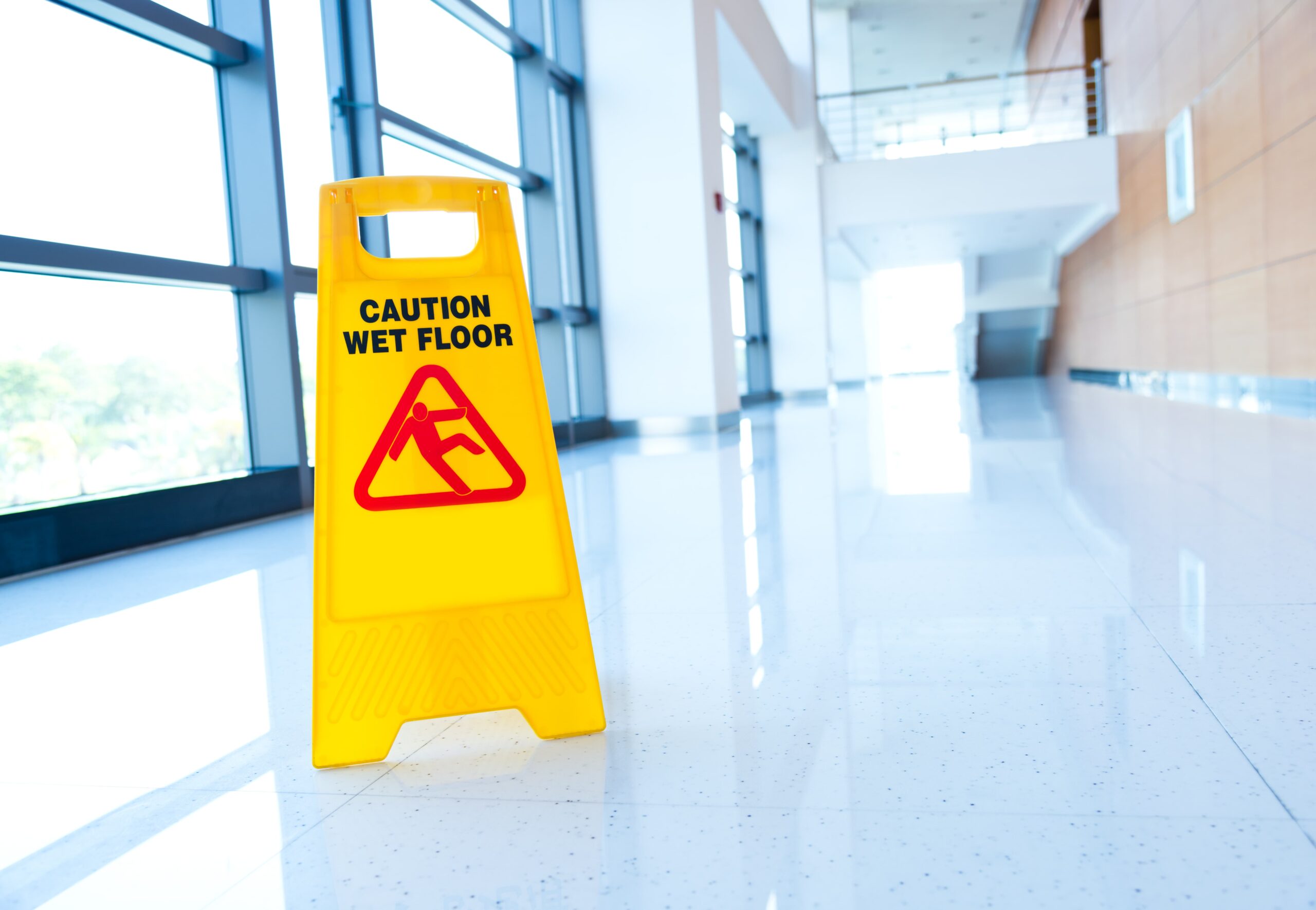Could Comparative Negligence Affect My Slip and Fall Case?
Comparative negligence affects a slip and fall case by working to reduce legal liability when the victim shares fault for the accident. In a slip and fall, there may be multiple parties to blame. It’s also possible that the victim is partially at fault. Comparative negligence steps in and apportions legal fault, and financial liability, among the responsible parties. Our slip and fall lawyers in Colorado explain how comparative negligence might affect your accident claim.
How Does Comparative Negligence Affect a Slip and Fall Case?
Comparative negligence affects a slip and fall case by limiting the amount of compensation that a victim can receive if they’re partially responsible for the accident. If the victim is partially to blame, they may receive less compensation than they may have received otherwise, or they may receive no compensation at all.
The purpose of comparative negligence is to apportion legal and financial liability among all of the responsible parties, even if one of the parties is the victim of the slip and fall. Comparative negligence affects a slip and fall case by apportioning financial responsibility in proportion to personal responsibility for the accident.
Comparative Negligence in a Colorado Slip and Fall
Under Colorado law, comparative fault may impact a slip and fall claim. Colorado Revised Statutes 13-21-1151 says that in a civil action based on a dangerous condition on real property, like a slip and fall action, comparative negligence applies.
The law says that Colorado’s principles of shared fault apply to slip and fall actions. That is, when a slip and fall accident occurs, and the parties share fault, Colorado’s rules for comparative fault determine how much the victim can recover.
Colorado’s Comparative Negligence Laws for Slip and Fall Cases
The same comparative negligence laws that apply in all negligence cases apply in Colorado slip and fall cases. The rule is that the victim can still recover something as long as they’re not as much at fault or more at fault than the defendant. In other words, if the victim is 49 percent at fault, they can still recover for their slip and fall. If the victim is 50 percent at fault or more, and the defendant is 50 percent at fault, the victim can’t recover anything. The cutoff for any recovery at all is when the victim’s fault is equal to or greater than the defendant’s fault.
When the victim has some shared fault, but not so much fault that they can’t recover anything at all, their percent of the recovery is reduced. The victim can still recover something, but they don’t get as much as they would get if they were entirely blameless. Their compensation gets reduced by the percent of fault that the jury assigns them.
What Is a Comparative Fault in a Slip and Fall Accident?
Comparative fault in a slip and fall accident is the legal theory that more than one party can be responsible for an accident. For example, there may be a slick spot on a floor where someone slips and falls. However, the person who slips may also have been running and not paying attention at the time of the accident.
The purpose of comparative fault in a slip and fall accident is to place blame where it’s due, both with legal fault and financial obligations. When both parties contribute to a slip and fall occurring, both parties should suffer some of the loss. Of course, in the legal system, that means apportioning legal liability.
With shared fault, each party bears the burden of their share of the liability. For the victim with some fault, that means that they don’t recover the full amount of their damages. They have to cover, out of their own pocket, the share of their losses that represents their portion of fault. For the defendant, because of the shared responsibility, they pay the victim a reduced amount of damages. They still pay the defendant something, but they pay only for the share of damages that represents their own liability for the accident.
How Do You Determine Comparative Negligence in a Slip and Fall Case?
To determine comparative negligence in a slip and fall case, you look at the causes of the accident. You consider whether each person or party involved did anything to make the accident more likely to occur. Once you determine the cause or causes of the slip and fall, you assign blame as a percentage of fault to each party.
The victim’s compensation is reduced by the percent that they are to blame. In some states, like Colorado, the victim may not be able to recover anything at all if their percent of fault is greater than the fault of the defendant.
Example of Comparative Negligence in a Slip and Fall Case
A victim goes to a casino to enjoy a night of fun. She is wearing high heels. While entering the casino, the victim crosses a tile floor to get to the slots. She runs across the floor in an attempt to get to an open machine. The victim pushes past several people as she runs across the floor.
Earlier in the evening, a casino patron spilled a drink on the tile floor. Casino staff failed to notice the drink on the floor for 40 minutes. The victim slipped on the spilled drink on the tile floor. The victim suffered a broken leg, sprained wrist, and concussion.
At trial, the jury determined that the victim’s total damages are $70,000. The jury determined that the victim was 25% at fault because she was running across the floor. The casino property owner was 75% at fault.
Instead of recovering $70,000, which is the full amount of the victim’s damages, the victim wins $52,500. That amount represents the $70,000 of total damages, less 25%. The 25% reduction in damages is the victim’s amount of shared fault. While the victim can still recover for their slip and fall, they recover less because the victim shared some liability for the accident. It’s up to a jury to decide whether there is shared fault in the case and what percentage of shared fault applies.
Attorneys for Comparative Fault in Slip and Fall Cases
Have you been in a slip and fall? Do you think that comparative fault might apply in your slip and fall case? Our Colorado slip and fall attorneys are here to answer all of your questions and help you pursue justice. Call us today!
Sources
1C.R.S. 13-21-115. https://advance.lexis.com/documentpage/?pdmfid=1000516&crid=0918ba13-2ced-42e0-a6ec-7088977c6fcd&config=014FJAAyNGJkY2Y4Zi1mNjgyLTRkN2YtYmE4OS03NTYzNzYzOTg0OGEKAFBvZENhdGFsb2d592qv2Kywlf8caKqYROP5&pddocfullpath=%2Fshared%2Fdocument%2Fstatutes-legislation%2Furn%3AcontentItem%3A5X45-0DF1-JS0R-20R2-00008-00&pddocid=urn%3AcontentItem%3A5X45-0DF1-JS0R-20R2-00008-00&pdcontentcomponentid=234176&pdteaserkey=sr0&pditab=allpods&ecomp=h567kkk&earg=sr0&prid=06dfa739-a8bf-450d-9cb3-ca072e98ebee. Retrieved 12 December 2019

